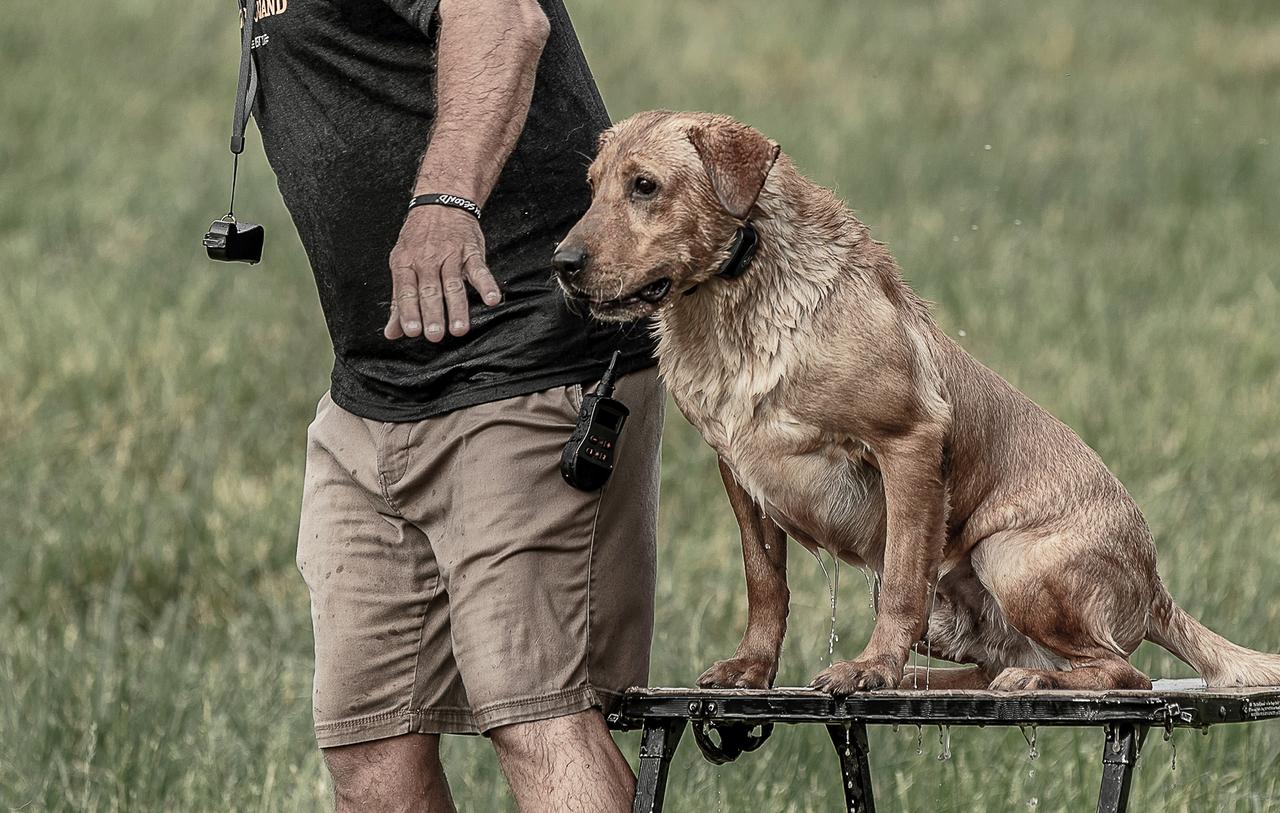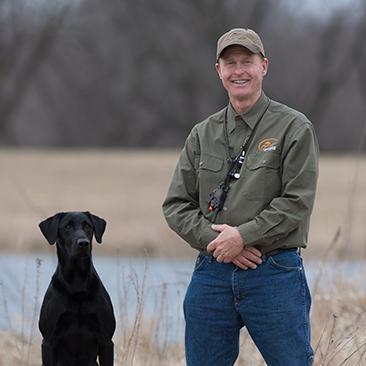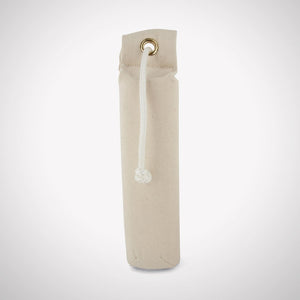
Mid-Season Tune-Ups for Your Retriever
Posted by Tom DokkenHunting season! Time for all your summer training and hard work to pay off. Thankfully, your waterfowl dog is now perfectly behaved and executes every command and retrieve with precision, right? Wait, you’re saying that’s not true? That’s OK. I’m mostly kidding because the truth is that none of our dogs are perfect. It just makes sense that you might have to do some early- or mid-season tuning up to bring some law and order back to the duck blind.
Here are a few of the most common issues that retriever owners frequently need to address during the season. The good news is that if you work on these things as needed during the week, you should quickly see the benefits by the time you get to your next weekend hunt.
1. A quick fix for breaking. I’ve commented frequently in other articles on the SportDOG Brand web site about proactive ways to prevent breaking, which is when a dog takes off for the retrieve before you’ve commanded it to do so. This is probably the No. 1 problem that waterfowlers face with their retrievers, and as I’ve stated countless times, this is an obedience issue.
Now, in all fairness to your dog, the excitement of an actual hunt can be like sensory overload. It’s a lot harder for a dog to keep its head on straight when birds are circling and guns are blasting as compared to the relatively low-key atmosphere of summer training.
So, if breaking ruined your Sunday hunt, get to work fixing it on Monday. First, get your dog in the habit of waiting longer before you send it to retrieve. It’s a common tendency to release a dog as soon as the bird or bumper hits the ground. Vary the time from a one minute to five minutes or more so the dog is reminded that a falling object is not its cue to go.
A secondary drill is to have your dog sit while you toss several bumpers in plain sight. Then, go pick them up yourself while your dog remains sitting. Again, the message is that it’s only OK to go when you say so.
2. Brush up on blind manners. No one wants a fidgety, ill-mannered dog in their duck blind or boat. It’s irritating and can even be dangerous when a dog is constantly getting underfoot or jumping around. The fix again ties back to obedience. Your dog should have a designated place to sit or lie, and it should stay there until it’s time to make a retrieve.
To reinforce this concept, it’s pretty simple to teach the “Place” command. I do this when my dogs are young, but even an older dog can figure it out quickly. The key is to use an elevated platform so there is no question in your dog’s mind where it’s supposed to stay. A place board can be as simple as a square piece of plywood. Whatever you use for the platform be sure to add a base that raises it a few inches so that it’s unmistakable to your dog that the platform is the “spot on the spot.”
“Place” can be practiced and reinforced at home in 10-minute daily sessions, whether inside the house or out. When it’s time to hunt, especially if you have a younger dog, take your place board along and set it wherever you want your dog to stay during the hunt.
3. Introduce the “hunt dead” command. This one isn’t so much about fixing a problem as it is about adding an effective tool to your dog’s skillset. As we all know, there are times when a bird falls in cover so thick that you have no choice but to head to the area yourself to look for it. Even if you have a dog that handles and takes casts at a distance, that’s not much help in head-high cattails.
When you command “hunt dead” you’re telling your dog to stay close and search thoroughly as opposed to running a straight line as it would on a blind retrieve.
Teaching it is a snap. All you need is a bumper and, if you wish to give your dog some help and something to key on, add some bird scent to it. Drop the bumper in some light cover so it’s not visible and then walk your dog into the area from the downwind side. It only takes a few sessions for your dog to catch on to the idea that this is a fun game and the reward for searching is its favorite, smelly bumper.
Increase the challenge by practicing in heavier cover, and always try to let your dog find the prize without your help so that it learns to stick to the task.
Everything I’ve talked about here can be addressed with a minimal time investment. If work on correcting these issues before they become bigger problems, you and your dog will both have a more enjoyable waterfowl season.

Tom Dokken
Northfield, MN
Dokken brings more than 45 years of retriever-training experience to the SportDOG team. He is well known as the inventor of Dokken’s Deadfowl Trainer, which has become standard equipment for retriever trainers everywhere. He is the owner of Dokken Dog Supply and Dokken’s Oak Ridge Kennels, the largest gun dog...
Related Products



